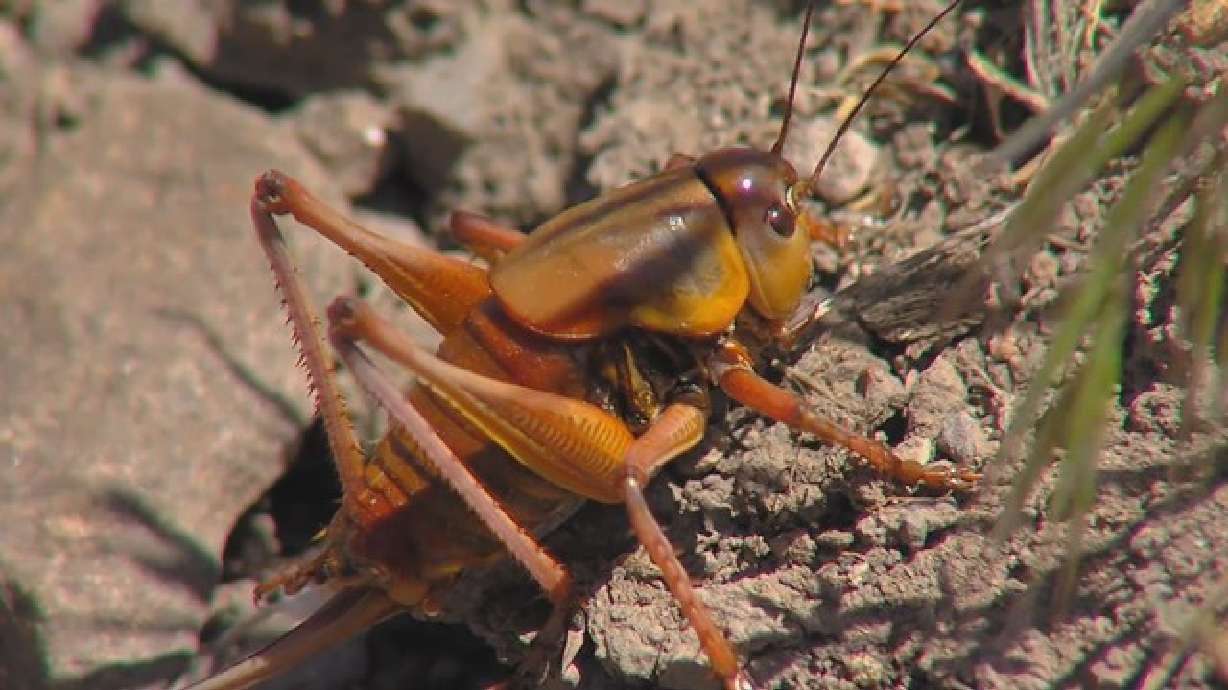Estimated read time: 2-3 minutes
This archived news story is available only for your personal, non-commercial use. Information in the story may be outdated or superseded by additional information. Reading or replaying the story in its archived form does not constitute a republication of the story.
BEAVER COUNTY — An onslaught of bugs has been under way in recent weeks: Utah's worst invasion of Mormon crickets in many years. But state and federal agencies jumped into the battle early, and they think they may have won the fight.
A single Mormon cricket is not really a problem. But by the billions, they'll eat anything. They'll eat anything. Grass, crops, sagebrush - even laundry on the clothesline.
A few years ago, there were infestations of crickets so dense, they made the land crawl, and your flesh along with it. That's what portions of Central Utah had a few weeks ago.
"It was the worst infestation we've had since 2004," said Greg Abbott with the U.S. Dept. of Agriculture. "We were afraid they were going to get away from us."
Curt Gentry has been riding the range in Beaver County, spreading poison baited with apple pulp. It's to protect ranches and farms from the crickets' voracious appetite.
"The farmers are very happy when we keep it away out of their hay fields," Gentry said. "Especially if it's been fresh planted. Like oats, for example. They're very tender and that's just like ice cream to the crickets."
Within minutes, the poison bait has the crickets in their death throes. This method is being used on the margins of the infestation. But the most effective battle tactic has been aerial spraying over the last month. That's happened over 56,000 acres that were hardest hit by the infestation. It't hard to find a live cricket there now.
"It looks better..., by far, than we thought it would," Abbot said.
The baiting method is being used every day, to make sure a new wave of hungry bugs doesn't break out and start marching across the landscape.
"So far it has been pretty good. We feel good about ourselves as far as wanting to be ahead of the game," Gentry said.
Another bit of good news is that females by and large have not laid their eggs yet. So by knocking them down early, they've taken the edge off of next year's invasion.









